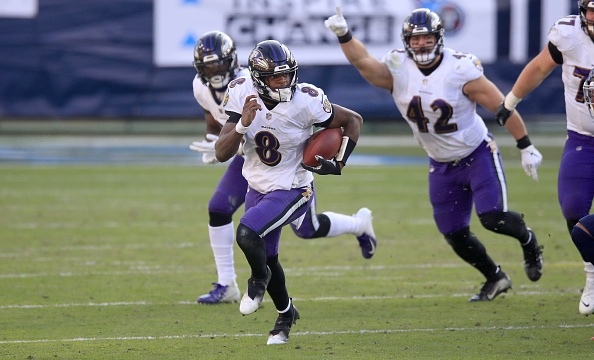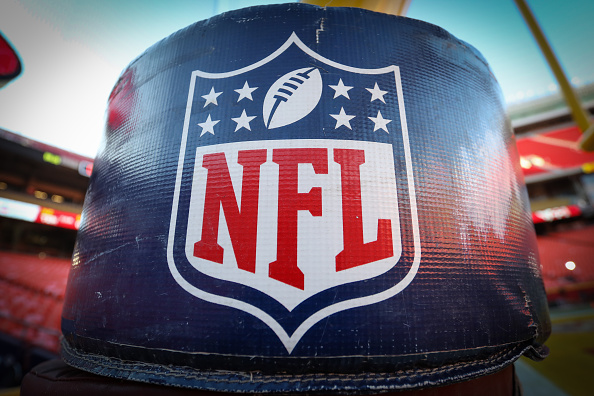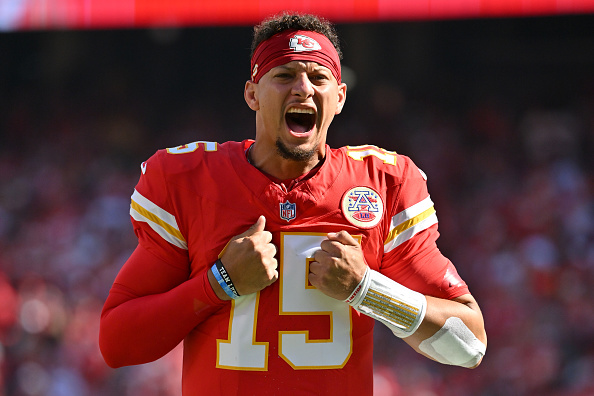For fantasy purposes, Baltimore added three players into the fray. Sammy Watkins came over from Kansas City in free agency while Rashod Bateman and Tylan Wallace were added in the draft. Mark Ingram is now a member of the Houston Texans, boosting the value of the Ravens’ running back room and Lamar Jackson. Also, the Ravens traded Pro Bowl tackle Orlando Brown, but the rest of the offensive line improved through the addition of Kevin Zeitler and the return of Ronnie Stanley.
Make sure to check out all of our other 2021 Fantasy Football Previews.
Quarterback – Lamar Jackson
In his two years as a starter, Jackson has finished as QB1 and QB10 despite missing a game in both seasons. Jackson is perhaps the most bust-proof quarterback as he has 37 starts without posting fewer than 10 fantasy points. In the last two seasons, Jackson leads the NFL with 22 20-point fantasy games, with only Deshaun Watson coming within four games. Jackson also leads all quarterbacks with eight games with 30-points over the last two seasons.
Jackson averages 189.1 passing yards, 1.8 passing touchdowns, 0.8 turnovers, 74.8 rushing yards, and 0.5 rushing touchdowns over his 37 career starts. While Jackson’s passing ceiling is limited in the Ravens’ offense, he has an unmatched floor because of his rushing ability. Out of his 37 starts, Jackson has rushed for at least 35 yards in all but two of them. In the two games he failed to reach 35 rush yards, Jackson had 33.56 and 13.50 points respectively. If Jackson misses time, Tyler Huntley and Trace McSorley only have value in multiple-quarterback or super flex leagues.
Running Backs – J.K. Dobbins, Gus Edwards
Dobbins finished as RB24 in 2020. Edwards finished as RB37. Barring injury, expect both players to be higher finishers in 2021 in the absence of Ingram (RB77). There is a ceiling on both players because Jackson is still likely to be the top running option, but when Ingram was out of the picture late in the season, the three co-existed well. Over the last five weeks of the season, Jackson was QB2, Dobbins was RB10, and Edwards was RB19. It is a small sample size, but 28.7 combined running back points per week is nothing to scoff at.
The most compelling reason to draft either back is the efficiency of the Baltimore rushing attack. Dobbins and Edwards both rushed for over five yards per carry, so they are as efficient as any back in the NFL at accumulating fantasy points. Jackson will vulture some touchdowns away from the backs, but they combined for 15 in 2020. Neither offers much as a receiver, but if Jackson targets a back, expect it to be Dobbins. Meanwhile, Justice Hill is not worth a flyer. Even in the case of an injury to Dobbins or Edwards, Hill would be the distant third option. Being behind the healthy running back and Jackson. Hill had 17 touches for 80 yards and zero touchdowns in 2020.
Wide Receivers – Sammy Watkins, Rashod Bateman, Marquise Brown
Watkins was WR87 in 2020. Bateman is a rookie. Brown finished as WR36. All three have dealt with injuries in training camp, so their Week 1 availability is in doubt. For Bateman in particular, he may not be available until the start of October. All Baltimore receivers are touchdown-reliant more than any other team in the NFL. In the Jackson era, the Ravens have ranked last in pass attempts in all three seasons. Additionally, any receiver would max out as a secondary option in favor of Mark Andrews.
Watkins and Brown are both boom-or-bust options. They went for more than 30 points to open the 2019 season, but both have also had several games with fewer than five points. Bateman will likely split the middle and be the most consistent option, but his target share will be inconsistent to begin the season. Depending on the week, one of the three will be a competent flex option.
Beyond Watkins, Bateman, and Brown, the rest of the wide receivers offer little upside. James Proche has been a camp standout, but he will be hard-pressed to break into the top three. Devin Duvernay and Wallace could be dart throws in incredibly deep dynasty formats, but they are undraftable in most circumstances.
Tight End – Mark Andrews
Andrews finished as TE6 in 2020, but he slides up to TE4 in terms of per-game production. In 2019, it was much of the same as he was TE5 for the season and TE6 in per-game production. Andrews can be touchdown-dependent at times because Baltimore ranked dead last in pass attempts in both 2019 and 2020. However, Andrews is the lone consistent option in the Baltimore passing attack, and he has had no fewer than three targets in all 29 games played over the last two seasons. Andrews does not have the ceiling that the other top tight ends do, but Andrews is the unquestioned top option in Baltimore.
Over the last two seasons, Andrews has had at least seven targets in 16 of 29 games. He had a pair of 100-yard games to open up in 2019, but he maxed out at 96 yards in 2020. Andrews is a must-start option every week regardless of matchup. He should land between TE4 and TE8. Of the tight ends in this range (including Kyle Pitts, T.J. Hockenson, Noah Fant, and Dallas Goedert), Andrews is the highest floor/lowest ceiling option. Nick Boyle is not worth a fantasy roster spot. He was TE36 in 2019, and he likely would have had a similar placement in 2020 had he been healthy for 16 games.
Defense/Special Teams
Baltimore finished fourth in scoring last year, tied with Miami. Even with losses along the defensive front including Yannick Ngakoue and Matt Judon, the Ravens should finish in the top 10 for the fifth-straight season. Marlon Humphrey and Marcus Peters are two of the NFL’s premier turnover machines, so Baltimore has one of the higher ceilings among D/STs. Even if the scoring is not there, Baltimore has upside through defensive touchdowns, takeaways, and schemed sacks.
Check us out on our socials:
Twitter: @PTSTNews and @TalkPrimeTime
Facebook Page: Prime Time Sports Talk
Join our Facebook Group: Prime Time Sports Talk
Instagram: @ptsportstalk
Follow Ryan Potts on Twitter @MrSplashMan19
Main Image Credit: Embed from Getty Images






